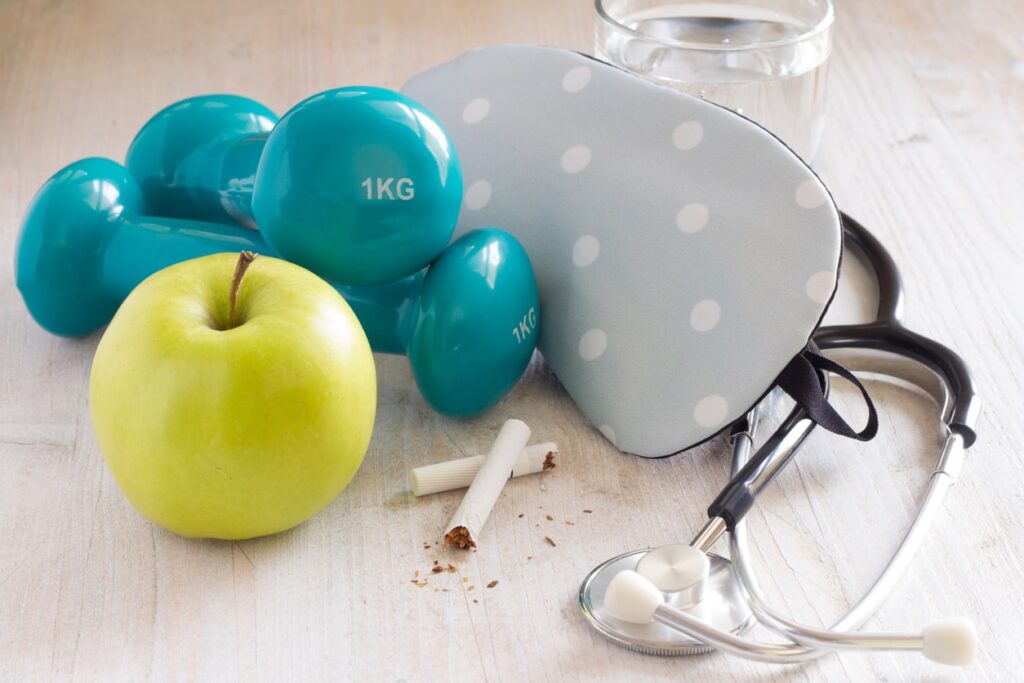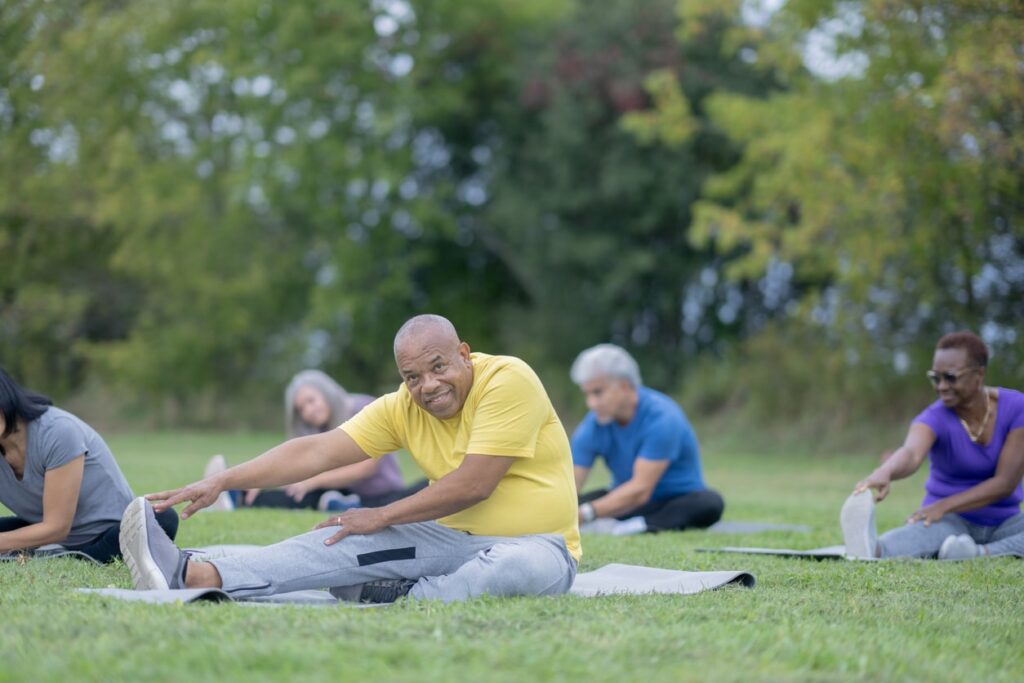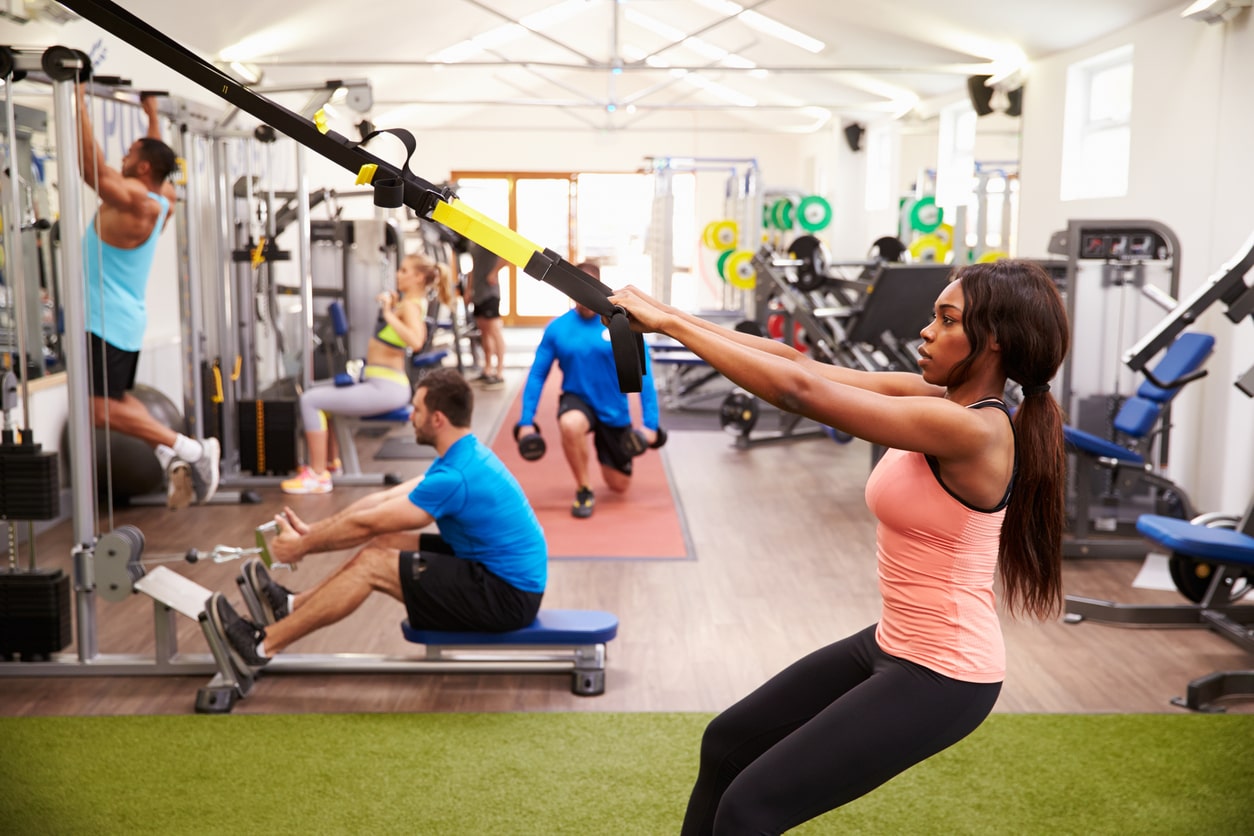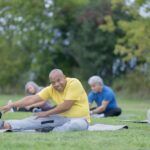Now Reading: Pilates for Addiction Recovery: Healing Through Movement and Breath
-
01
Pilates for Addiction Recovery: Healing Through Movement and Breath
Pilates for Addiction Recovery: Healing Through Movement and Breath
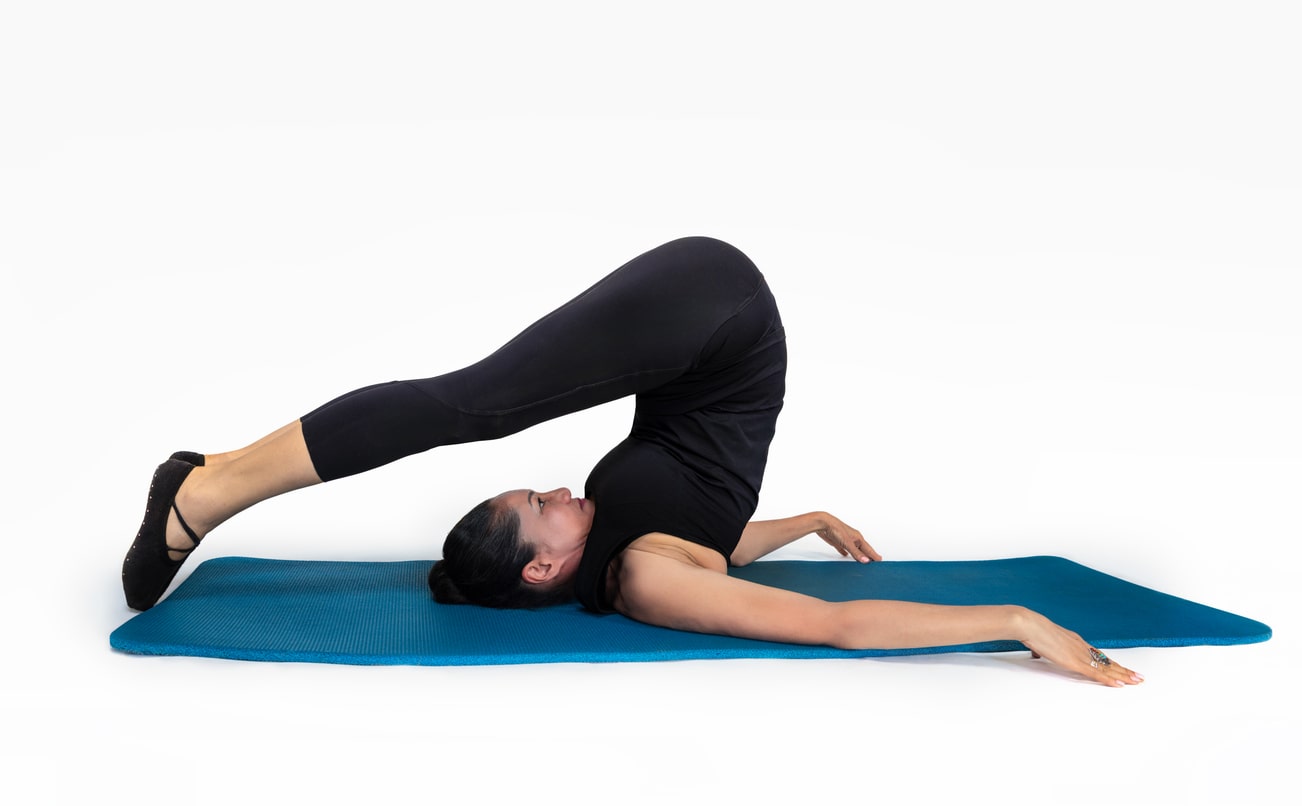
Introduction
Addiction recovery involves much more than quitting a substance—it requires emotional balance, mental clarity, and physical strength. One gentle yet powerful approach to support this process is Pilates for addiction recovery. Pilates focuses on mindful movement, controlled breathing, and strengthening the body’s core—all of which are essential during recovery.
In this article, we’ll explore how practicing Pilates for addiction recovery can reduce stress, improve physical and emotional well-being, and support long-term sobriety.
What Is Pilates?
Pilates is a low-impact exercise system developed by Joseph Pilates in the early 20th century. It emphasizes:
- Core strength
- Controlled breathing
- Flexibility
- Body awareness
Unlike high-intensity workouts, Pilates uses precise movements and intentional breathing to connect the mind and body. It’s adaptable for all fitness levels, making it especially beneficial for individuals in addiction recovery.
Why Pilates Supports Addiction Recovery
Addiction affects the entire body. It disrupts sleep, weakens muscles, and increases anxiety and emotional reactivity. Practicing Pilates for addiction recovery helps counter these effects by:
- Restoring physical strength and flexibility
- Encouraging mindfulness and emotional regulation
- Releasing tension held in the body
Pilates offers a calming, structured practice that can be integrated into daily routines to support overall wellness.
Key Benefits of Pilates for Addiction Recovery
1. Improves Physical Health
Addiction often leaves the body depleted. Pilates improves posture, strengthens muscles, and enhances circulation. A consistent practice can restore energy and help the body heal.
2. Reduces Anxiety and Stress
Pilates incorporates focused breathing, which calms the nervous system. According to a 2021 study published in the Journal of Bodywork and Movement Therapies, participants who practiced Pilates regularly experienced significant reductions in anxiety and stress.
3. Enhances Mindfulness and Body Awareness
Pilates requires you to be present. Concentrating on each movement helps quiet racing thoughts and encourages self-awareness—key elements of relapse prevention.

4. Boosts Confidence and Self-Esteem
Achieving small goals in Pilates builds confidence. This boost in self-worth can be incredibly motivating for individuals rebuilding their lives after addiction.
5. Creates a Sense of Routine and Stability
Incorporating Pilates into a daily or weekly schedule brings structure, which is crucial in early recovery. Having a consistent routine provides stability during uncertain times.
Real-Life Example: How Pilates Helped Sarah Heal
Sarah, a 29-year-old in recovery from opioid addiction, began Pilates as part of her outpatient treatment program. She was dealing with chronic pain, fatigue, and low self-esteem.
“At first, I couldn’t hold a pose for long. But I kept showing up. Pilates helped me feel strong again—not just in my body, but in my mind.” – Sarah
Today, Sarah continues her practice and even teaches beginner classes for women in recovery.
How to Start Practicing Pilates for Addiction Recovery
You don’t need expensive equipment or a fancy studio to begin. Here are simple steps to get started:
1. Find a Beginner-Friendly Class
- Look for instructors who are trauma-informed or recovery-aware
- Try local studios, community centers, or online platforms like YouTube or apps such as Pilates Anytime or Glo
2. Start Slow
- Begin with short sessions (10–20 minutes)
- Focus on breathing and simple movements
- Avoid judgment—progress takes time
3. Set a Regular Schedule
- Choose 2–3 days a week to begin
- Add Pilates to your morning or evening routine for consistency
4. Combine with Other Recovery Tools
- Pair Pilates with therapy, journaling, or support groups
- Use it as a grounding tool during times of stress or emotional overwhelm
Pilates Techniques That Support Recovery
Some specific Pilates techniques are especially helpful for those in recovery:
- Breathwork (Lateral Breathing): Helps regulate emotions and reduce cravings
- Pelvic Curl and Bridge: Builds core strength and relieves lower back tension
- Spine Stretch Forward: Encourages flexibility and release of stored emotional tension
- Leg Circles: Improves circulation and focus
Each movement is performed slowly and mindfully, helping participants stay connected to their bodies.
Where to Access Pilates for Addiction Recovery
- Local Recovery Centers: Some offer wellness programs that include Pilates
- Therapists and Coaches: May recommend Pilates as a complementary therapy
- Online Classes: Many platforms offer beginner-level classes tailored to emotional and physical healing
Consider combining your practice with other forms of movement like yoga or walking to support overall wellness.
Conclusion
Pilates for addiction recovery is more than just exercise—it’s a pathway to healing, empowerment, and self-discovery. With each mindful breath and movement, individuals in recovery can build strength, find calm, and reconnect with their bodies.
This gentle yet powerful practice offers emotional balance, stress relief, and physical healing—all essential for a successful recovery journey.
If you’re looking for a supportive, accessible, and healing practice to add to your recovery toolbox, give Pilates a try. Your mind and body will thank you.

Jen Sheldon is a seasoned writer with a passion for fitness, health, wellness, and addiction treatment. With years of experience crafting insightful and research-backed content, she helps readers navigate their journey toward better well-being. When she’s not writing, you’ll find her exploring new workout routines or diving into the latest health trends.











